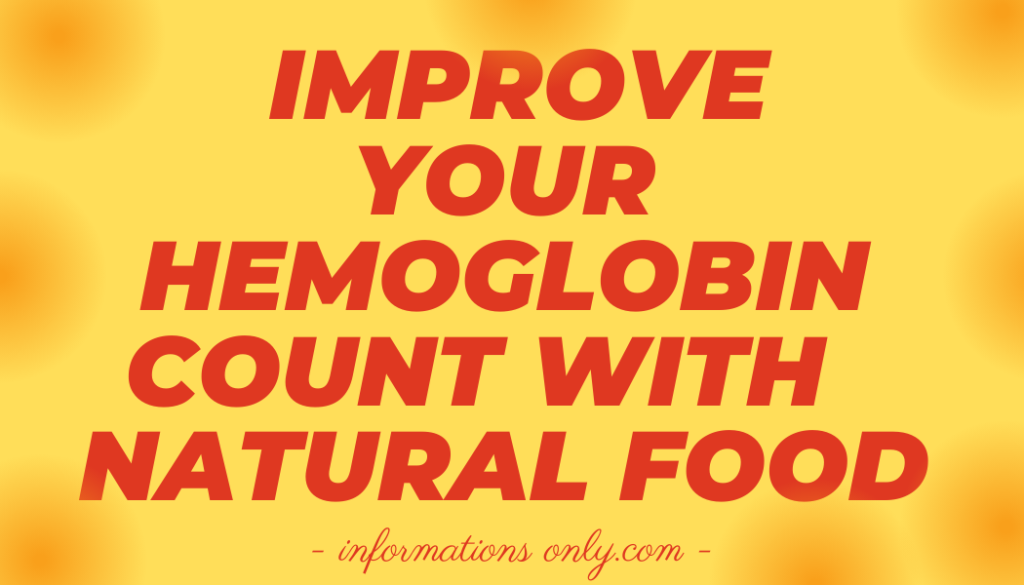
Foods Can Help You Improve Your Hemoglobin Count?
Hemoglobin is an iron-rich protein in red blood cells (RBCs). It plays a vital role in carrying oxygen from the lungs to your tissues and organs. It also transports carbon dioxide from the tissues back to the lungs.
What you need to know:
- Causes of low hemoglobin
- What are the foods that can improve your hemoglobin levels?
It is of utmost importance to maintain hemoglobin concentration. Low hemoglobin levels can cause fatigue, liver and kidney disease, shortness of breath, rapid heartbeat, dizziness, poor appetite, and anemia in severe cases. Elevated hemoglobin levels are associated with dehydration, heart failure, and chronic lung disease. In some conditions, the bone marrow may not produce enough RBCs, such as cancers like leukemia, lymphoma, or tumors, that spread from other parts of the body into the bone marrow.
Causes of low hemoglobin
Some common causes of low hemoglobin are substantial blood loss, deficiency in iron, vitamin B, and folate, kidney disease, hypothyroidism, thalassemia, lung diseases, and excessive smoking. Any type of blood loss can cause anemia, including blood loss from surgery, heavy menstrual periods, and bleeding in the gastrointestinal tract. The normal hemoglobin range for men is 13.5 to 17.5 gm/dL and 12 to 15.5 gm/dL for women.
What are the foods that can improve your hemoglobin levels?
It is essential to boost your food intake to raise your hemoglobin levels.
- Iron-rich foods include fish, meat, eggs, soy products, broccoli, green leafy vegetables like spinach, fenugreek leaves, cauliflower, green peas, cabbage, green beans, nuts and seeds, and peanut butter.
- Vitamin A and beta-carotene can help absorb more iron. Vitamin A is found in animal food sources, such as fish and liver. Beta-carotene is found in red, yellow, and orange fruits and vegetables.
- Increase your folate intake. Folate is a type of Vitamin B that plays an essential part in hemoglobin production. A shortage of folate can prevent the red blood cells from maturing, leading to anemia. Some good sources of folate include beef, rice, black-eyed peas, kidney beans, lettuce, and peanuts.
- A combination of iron and vitamin C can prove to be beneficial. The latter is used for better absorption of iron. Foods rich in vitamin C include orange, lemon, strawberries, papaya, bell peppers, broccoli, and tomatoes.
- Fruits like beetroot, apple, watermelon, papaya, oranges, litchis, kiwis, strawberries, grapefruit, banana, and peach can boost hemoglobin levels.
- The iron content in dates can increase the number of erythrocytes, thereby increasing hemoglobin levels. They contain iron, vitamin C, vitamin B complex, and folic acid, which helps in the formation of red blood cells.
- Raisins are a rich source of iron and copper, necessary for the formation of red blood cells.
- Moderate to high-intensity exercise can help your body produce more hemoglobin to meet the increasing demand for oxygen throughout the body.
- Avoid iron blockers, i.e., foods that block your body’s ability to absorb iron, such as coffee, tea, alcohol, and aerated drinks.